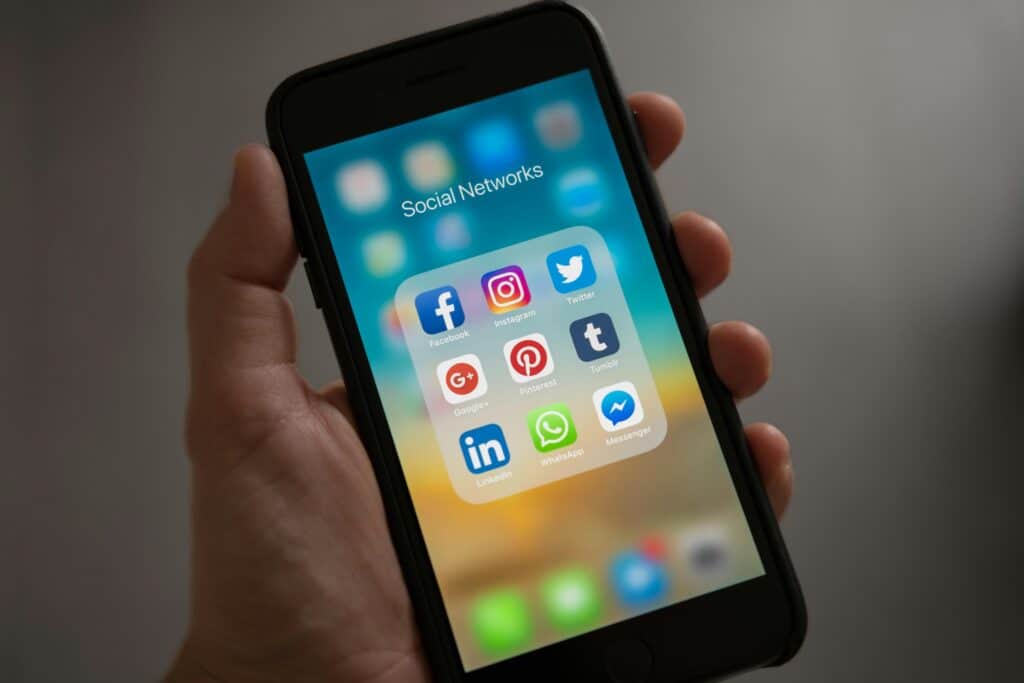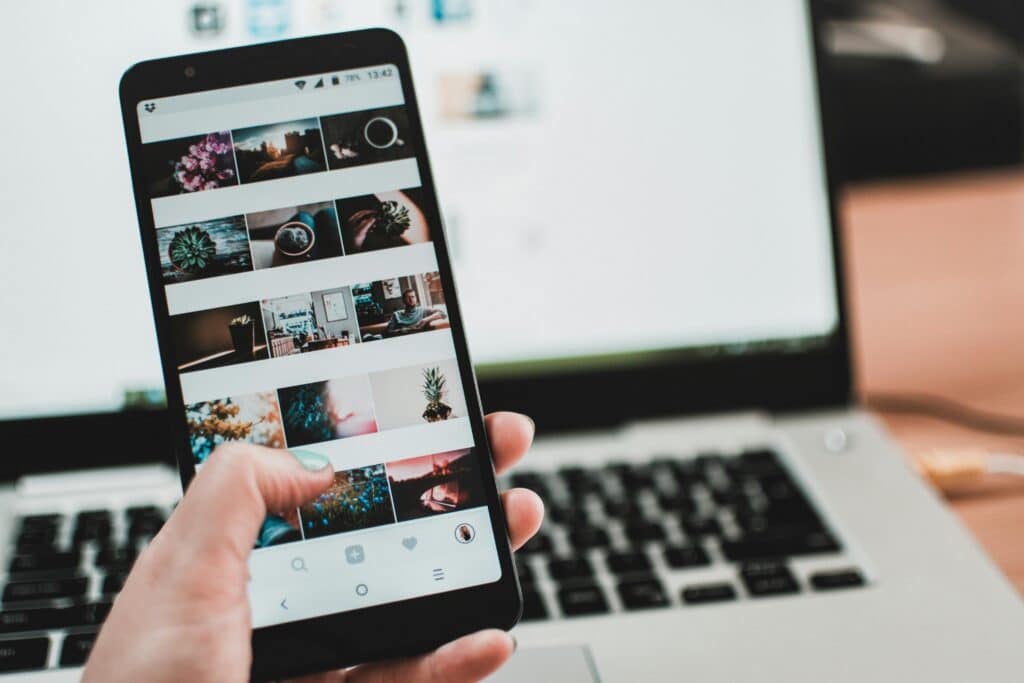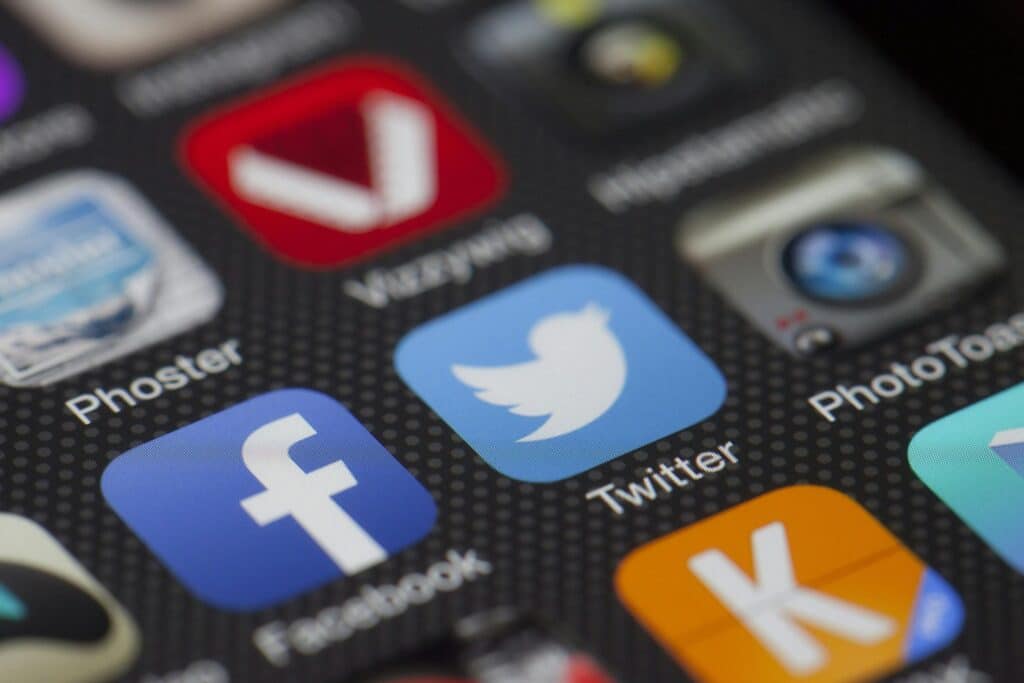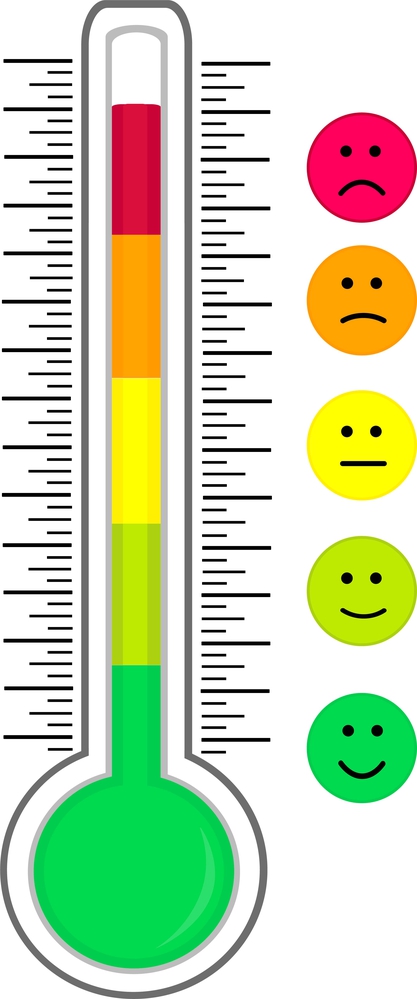
How Does Social Media Affect Teens’ Social Skills?
rebekah
February 10, 2025
It’s no secret that social media has become a major fixture in the lives of teenagers.
According to Statista, 97% of teens now have access to a smartphone. With platforms like Instagram, TikTok, and Snapchat dominating their screen time, the question naturally arises—how is this shift reshaping their behavior, particularly when it comes to their social skills?
While social media keeps teens connected, it does come with its own set of challenges. Whether you’re a parent or a teacher (or even a teenager yourself), understanding the nuanced effects of social media on development is of great importance.
Teens are growing up in a space where online chats often replace face-to-face conversations and interactions are filtered through lenses (sometimes literally).
And while the internet does offer up opportunities, it can also become the stage for strained social skills, reduced self-confidence, and maybe an altogether different way of relating to the world.
Let’s talk about why that’s the case, and more importantly, what can be done about it.
What Are the Effects of Social Media on Students’ Behavior?

Before we break down how social media affects social skills, it’s worth noting that it also influences a variety of other behaviors.
Teens are smack in the middle of their formative years—a critical time for building healthy habits and a strong sense of self. Add constant notifications, curated highlight reels of peers’ lives, and the potential for public scrutiny, and we’re left with effects that are undeniable, and perhaps undeniably negative.
Consider this for a moment. Social media influences sleeping patterns; scrolling too late at night can throw off circadian rhythms, leaving them groggy in class.
And what about attention span? Platforms like TikTok thrive on quick bursts of entertainment, making it harder for teens to focus for prolonged periods. Then there’s the dreaded FOMO (fear of missing out)—being inundated with images of friends hanging out without them can make teens feel left out, creating sour feelings they bring to school the next day.
6 Ways Social Media Affects Teens’ Social Skills

There’s certainly a lot of negative to focus on when it comes to social media and social skills.
But on the positive side, social media can connect teens to communities, ideas, and opportunities they might not otherwise encounter. From promoting activism to sparking creativity, the digital space isn’t all bad. However, the negative consequences—social exclusion, distraction, and anxiety—often overshadow the benefits if not carefully managed.
Now, let’s get back to our primary focus: how social media is reshaping teens’ social skills in particular.
1. Increased Struggles to Identify Social Cues
Deciphering body language, facial expressions, vocal tones, and boundaries has always been part of human interaction.
But here’s the catch—social media strips most of that context away. When teens communicate online, a significant portion of nonverbal cues disappears. Sarcasm, for example, doesn’t always translate well in text unless someone sprinkles in a thousand emojis (and even the efficacy of that is up for debate).
Kids who spend more time behind screens than having face-to-face interaction may struggle to decode nuances when those subtle cues actually come into play. This snowballs as they attempt to build relationships or resolve conflict in the real world without the “edit” button social media so generously provides.
Over time, identifying boundaries can feel murky, potentially resulting in discomfort or misunderstandings.
2. Reduced Self-Esteem
Social media is the perfect environment for those all-too deadly comparison traps. It’s hard for teens to not constantly measure themselves against the “ideal” images they see online—be it someone’s perfectly crafted selfie or the latest TikTok dance filmed on a beach at sunset.
But here’s the kicker—those highlight reels of others’ lives can chip away at their own self-worth.
When teens equate their value with the amount of likes or comments they receive, self-esteem becomes tied to external validation. If the numbers don’t stack up, their confidence can easily take a hit. The constant exposure to influencers with perfect filters and edited lifestyles exacerbates feelings of inadequacy and envy…and all of this cultivates an environment where they feel they “aren’t enough” simply because someone else’s post portrays a curated reality.
3. Increased Rates of Depression
The link between excessive social media use and teen mental health is as clear as a sunny day. Studies indicate that prolonged scrolling can aggravate feelings of isolation and amplify negative emotions, especially when teens use platforms as their primary means of interaction.
Online spaces don’t offer the same depth of emotional support as face-to-face conversations with friends or mentors.
Think about it—a teen who’s already struggling with challenges like bullying or family issues might turn to social media as an escape. But instead of finding solutions, they’re often met with content that reinforces their struggles or worsens their mental state. Doomscrolling through troubling news updates or glorified success stories of others doesn’t lighten their emotional load; it adds to it.
4. Increased Bullying
Then there’s the internet’s dark underbelly—cyberbullying. Social media’s anonymous nature makes it easy for individuals to hurt others with cruel comments, direct messages, or even public threads. And unlike traditional playground bullying, online harassment can occur 24/7, leaving teens little room for emotional recovery.
When a rumor or feud escalates in the digital schoolyard, it spreads like wildfire. Teens targeted online are often left battling shame, anxiety, and even thoughts of self-harm—all while having the evidence of their mistreatment immortalized on a public platform. For victims, the damage from online bullying can linger long after the harassment has ended.
5. Poorer Listening Skills
Social media’s bite-sized snippets of information don’t just affect a person’s ability to focus—they also erode listening skills. Teens accustomed to scrolling through 15-second videos on TikTok may struggle to tune in during classroom lectures or even extended conversations without zoning out.
Listening involves more than just hearing words. It’s about engaging, picking up on subtleties, and demonstrating empathy—all traits that get little practice when attention spans are hijacked. Teens, as a result, may come off as disinterested during real-world interactions, damaging trust and connection with peers or authority figures.
6. Reduction in Ability to Problem-Solve
When problems arise, kids who are accustomed to social media’s shortcuts may not take the time to explore creative or long-term solutions. Immediate fixes (or ignoring the issue entirely) tend to feel like the easiest options. After all, in the digital world, problems can simply be blocked, muted, or unfollowed.
But life outside of the screen can’t be so easily avoided. There’s no “unsubscribe” button for life. Problem-solving involves analyzing situations, weighing options, and making informed decisions—skills that grow with practice. Unfortunately, overuse of social platforms may drastically limit the opportunity to nurture these abilities.
It’s Not All Bad

Let’s be honest—social media often gets the blame for everything from poor grades to the disappearance of in-person conversations. We’ve done our fair share of social media bashing in this post.
But is it always the villain? Not necessarily. Social media isn’t all doom and gloom. There is a positive side worth exploring.
For starters, it can actually help teens build their sense of self and creative voice. Platforms like Instagram or TikTok aren’t just places for endless scrolling; they’re playgrounds of expression.
Whether it’s through crafting a witty caption, designing a standout personal aesthetic, or even sharing memes that leave their friends in stitches, social media makes it possible to create and share in ways that improve self-expression while helping kids carve out their own identities.
When used correctly, social media can also be a tool for teaching respect. Respect for others’ stories and experiences often grows as teens encounter people who think differently, which for some teens in rural areas, may not be possible without access to the online world. Exposing these young minds to varying perspectives can lead to understanding, compassion, and broader worldviews—if they’re using the platforms thoughtfully, that is.
Perhaps the best thing? Social media can create support networks for teens who might feel isolated otherwise.
Whether it’s connecting with peers over shared hobbies or finding online communities that feel like “home,” today’s teens are bridging gaps in ways previous generations couldn’t imagine. It’s especially helpful for those who might be shy or feel cut off in their real-life environments, and that kind of connection can be life-changing.
How to Combat the Influence of Social Media on Teens’ Social Skills

Now, before we hand Facebook and TikTok a gold star, we do need to acknowledge the challenges social media might bring to the party. There’s no denying that while teens are busy perfecting their hilarious Instagram Reels, some face-to-face social skills might take a backseat. And we definitely don’t want that to happen!
The good news? You can help restore the scale to balance.
The first thing you should do is actively encourage real-world meetups (with people who your child knows, of course). Because let’s face it: teens should still hang out IRL (in real life). A movie night or even an old-school board game session can do wonders for reminding them what body language and tone of voice actually look and sound like. Facial expressions don’t translate well into emojis, after all.
Also, as a parent, set healthy screen time expectations. You don’t want to hide their phones, but it’s smart to discuss when it’s time to unplug. Less scrolling during dinner and more engaging in real conversation can be a game-changer. In the classroom, phones should be banned unless absolutely necessary.
Whether you’re a parent or a teacher, you should go the extra mile to model good screen use. Admit it—you’ve checked emails during conversations, and even if you think you’re being surreptitious, you aren’t fooling anyone. Those kids notice! Practicing mindful screen habits sets an example without needing a lecture.
Finally, talk to the teens in your life about being mindful of real connections. Many teens may use the term “friends” to describe someone they’ve only interacted with online. Remind them why in-person bonds are deeper and more enriching.
How Stanfield Company Can Help

If all that advice sounds overwhelming, don’t panic. Take a deep breath. You don’t have to tackle this all on your lonesome.
The Stanfield Company is here to help with our programs like Circles and First Impressions, both of which can do some of the heavy lifting for you. Circles, for instance, teaches teens all about social boundaries—an essential skill both on and offline. First Impressions makes sure they know how to put their best foot forward, whether they’re walking into the classroom or entering a future workplace.
At Stanfield, we understand that teens are navigating a world we never could’ve guessed 20 years ago. It’s a tricky path between technology and personal connection, and our programs are here to bridge that gap.
If you want to help your students smoothly develop stronger social skills while still living in a digital world, we’re here to make it happen. Take the next step in building confident, socially capable teens today. Reach out to us to learn more, and let’s get started.


